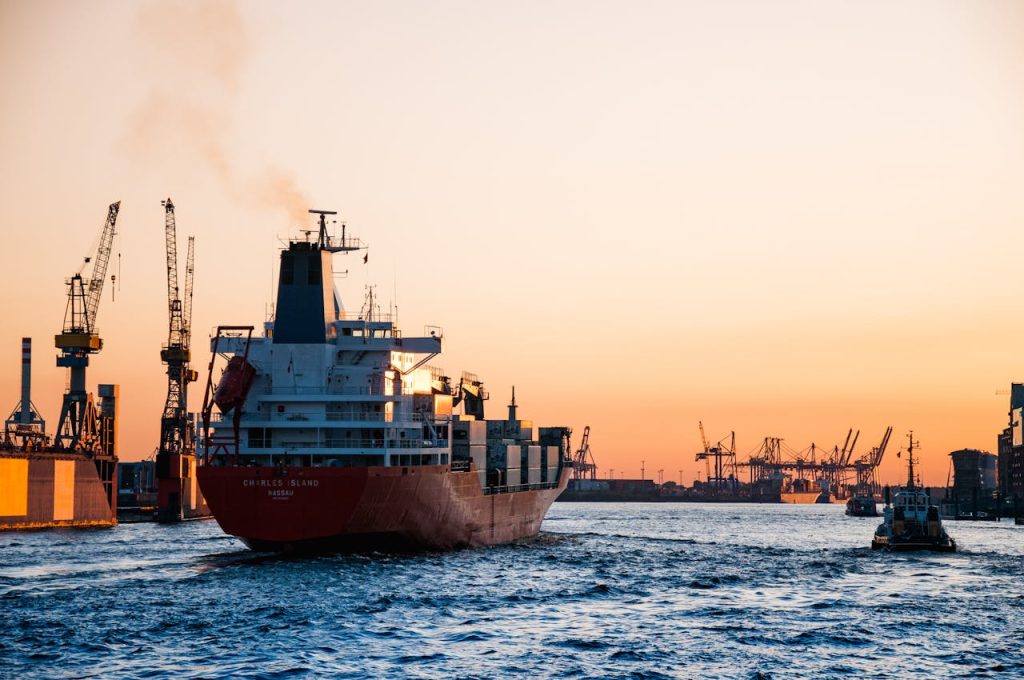When it comes to shipping, there are plenty of container types available for shippers to choose from. As such, it is important to pick the right one suited to your needs. This is because the right container can keep your cargo safe from damage and may even help you save money in the long run.
Below, we have listed a few common container types on the market for your perusal. We have also explained their unique features and when a shipper may want to use them. So, for those considering using a shipping container to transport your cargo, be sure to read the rest of the article before committing to a decision.
Standard containers
Much like its name suggests, standard containers are the most common type of container when it comes to shipping cargo overseas. They are generally available in two common sizes –20-foot containers and 40-foot containers.
The 20-foot containers are usually 7.8ft x 19.4 ft x 7.9 ft, while the 40-foot containers are 7.9ft x 39.5ft x 7.9ft. They are mainly made of steel or aluminum, with the aluminum containers having a slightly higher payload. Generally speaking, these standard containers are airtight and water-resistant, which helps them prevent damage from coming from the outside.
Standard containers are usually used to carry most kinds of dry cargo, which includes pallets, boxes, sacks, barrels, and more. Their interior can also be customized to assist with carrying a specific type of good. For instance, hangers can be added to carry clothes that could then be directly transported to the store. On the whole, as standard containers are easily available and very basic, they are not that expensive to use.
High cube containers
These containers are very similar to the standard containers, except they have additional height. As such, this allows them to provide more storage value at their price point. These containers are ideal for shippers who need more storage for their dry cargo that a 20ft and 40ft container cannot fulfill. As such, these containers are in high demand as a result of this extra height.
High-cube containers are generally used to transport larger, bulky, and higher-volume cargo. They can also be used to fit oversized products, such as construction equipment, agricultural machinery, and industrial materials.
Reefer containers
Reefer containers are specialized containers that are used to ship a variety of perishable and temperature-sensitive goods. As such, this makes them extremely important as they can ship cargo such as medicines, food, vaccines, and more across the world. They are designed to work as a large refrigerator, which means they can maintain a temperate range between -30 and +30.
A reefer container comes with a refrigeration unit at one end. When connected to a power source, the unit will fill the container with chilled air. This consistent airflow maintains the container’s internal temperature, which makes it perfect to store chilled items. The reefer can also be sectioned to cool and freeze at the same time. When the containers are on the road, they are powered by fuel instead of electricity. This makes them expensive considering their power and maintenance needs, but they are also in extremely high demand too.
Double-door containers
Double-door containers have doors that can swing open on both ends, with both sets of doors being built with the same sort of specifications. This makes it very convenient to load and unload shipments, as everything goes straight in and comes back straight out. This simplifies the shipping process and also improves efficiency.
The container is an ideal choice if you need to load two different types of goods in one container. This means that the container can technically be converted into two compartments that shippers can load and unload separately yet simultaneously. Additionally, some goods are well suited for double-door containers. For instance, if you need to transport vehicles and automobiles, instead of needing to u-turn or back out, you can drive straight through the container.
Open-top containers
As its name states, open-top containers have an open-top. As such, its convertible top Is made of tarpaulin sheet, which makes it easy for shippers to remove as they please. The container’s body is often made of steel with wooden flooring, and the door heads can be easily swung open for easy loading and unloading of goods.
This container is ideal to transport cargo that is too large to fit in a regular shipping container or bulky cargo that cannot be loaded through the door. This can include shipments such as machinery, pipes, long steel bars, trees, or heavy materials. As they cannot be stowed sideways, they are instead loaded through the top by heavy-lifting cranes. The containers also have lashing rings to help them keep the cargo stable despite its weight and height during transit. These lashing rings have the capacity to load up to 1,000 kg.
Pallet-wide containers
A pallet-wide container is a special container that is designed to take in a larger number of Euro pallets, which are commonly used in Europe. The size of these pallets tends to be 1200 x 800 x 144. While a standard 20-foot container can carry 11 of these pallets, a pallet-wide 20-foot container can carry 15 of them. This is possible because these containers are roughly 5m wider on the inside when compared to standard containers. Similar to standard containers, these ones are also manufactured using steel, but the floor is instead made with wooden planks to increase its durability and friction coefficient.
Shippers use pallet-wide containers because they are more efficient than standard containers when containing pallets. Moreover, the pallets are tightly secured inside the container, so they can avoid unnecessary movement. This helps to reduce the risk of cargo damage as a result of stowing or accidental cargo slippage during transit.
A few common uses regarding pallet-wide containers include transporting raw materials, large types of equipment, storing and moving different pallets of different continents, as well as moving industry devices and apparatus.

